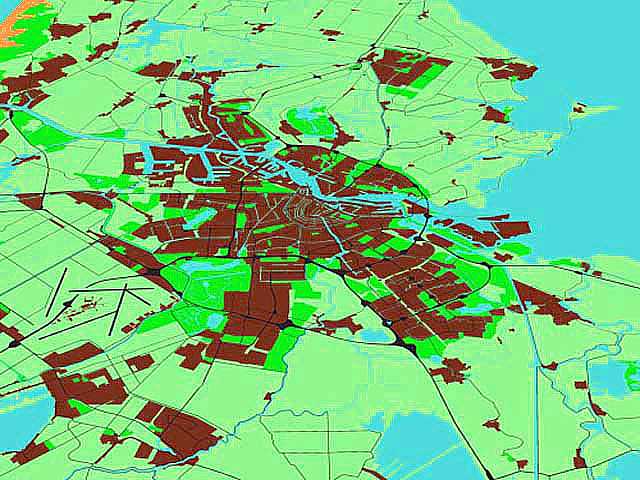As a cultural and racial melting pot Amsterdam is unrivalled by comparable European cities. At its best Amsterdam provides a climate in which both its citizens and its administrators favour change and innovation, welcoming exotic influences, new ideas and new customs. That is what has made Amsterdam great. The combination of dynamism and soberness has meant it has been possible to develop the city in a unique fashion. Though the city's best urban designers were at the forefront of renewal, they nevertheless always kept the coherence and totality of the city clearly in mind. Their plans were often bold, sometimes successful, sometimes less so. But whatever else can be said of the seventeenth-century canal belt, Kalff's late nineteenth-century plan, Berlage's Plan-Zuid, the 1935 General Extension Plan, or more modern ventures such as Schiphol airport, the Bijlmermeer development, the Waterfront area, the new centre in Zuidoost and the already famous IJburg, they all broke new ground. This remarkable combination of harmony and anarchy, order and chaos, is a constant factor in the history of the city. It is its strength. A second constant feature is the unceasing expansion of the city. In the space of seven centuries the small settlement at the mouth of the Amstel has developed into a cosmopolitan city. Further development does not mean growth for growth's sake. Above all it means growth which improves the quality of the living environment and results in sustainable development.

A few characteristics:
-Population of the municipality: 720.000; of the urban region 1.386.000. -Surface of the municipality: 212 km2; of the urban region 1245 km2. Of the municipal land 23% is housing, 18% business, 27.5% green, parks and agriculture. Infrastructure takes 5% and 25% is water. -The housing stock in the municipal area is 357.650; the city has 8012 officially recognised historical monuments. -The municipal budget is (in 1997) 7.3 billion Dutch guilders (approx. 3.3 billion ECU; 3.65 billion US$); 32% is spent on social welfare, 8% on health and environmental care, 13.5% on housing and urban planning. -The City has 3 universities and 9 colleges with 46.440 students. There are 68 theatres and 34 museums; 3.4 million foreign tourists visited the city and the congress centre welcomed 2.5 million participants last year.